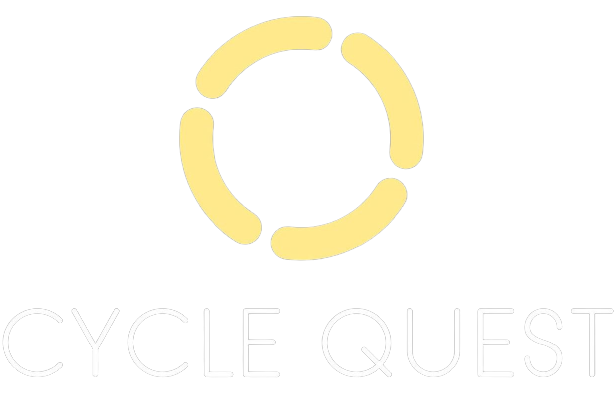Predicting sales is one of the key components of successful business planning. Accurate sales forecasts help retailers and businesses to make informed decisions about their inventory, promotions, and supply chain management. In this article, we will discuss the importance of sales forecasting and how utilizing cycles can greatly improve demand predictions.
The Importance of Sales Forecasting
There are at least 4 reasons why predicting sales is crucial for businesses:
- Inventory Management: By accurately estimating future demand, businesses can ensure that they have enough inventory to meet customer demand without overstocking.
- Promotion Planning: Sales forecasts allow businesses to plan their promotions effectively, ensuring that they target the right products and customers at the right time. This can greatly impact the success of a promotion.
- Supply Chain Management: Accurate sales forecasts also help businesses to manage their supply chain more efficiently, reducing costs and improving overall efficiency.
- Customer Demand: Sales forecasts provide insights into customer behavior, allowing businesses to understand buying patterns and preferences. This information can be used to tailor products or services according to customer demand.
Looking for Forecasting Methods? Cycles Are the Way to Go
Traditional forecasting methods such as linear regression or time series analysis have proven to be inadequate in accurately predicting sales. This is because they do not take into account the cyclical nature of sales. Classic cycle theory failed to predict sales because analysts were looking for static cycles, while cycles are actually dynamic and ever-changing.
The good news for you is that we use a specialized cyclic analysis technique that takes into account the dynamic nature of cycles. By analyzing historical sales data and market trends, our machine learning algorithms can accurately forecast future demand.
Predict Future Sales with Cycles
One major advantage of using cycle analysis for sales forecasting is its applicability to various industries. In particular, US retail sales are a great way to test the accuracy of our models due to the vast amount of available data.
To conduct our analysis effectively, we will follow these steps:
- We will begin by gathering data on monthly retail sales in the United States. This data provides a comprehensive view of consumer spending patterns over time.
- Next, we will analyze the monthly changes in retail sales figures. By focusing on these changes, we create a naturally detrended time series. This approach is advantageous for cycle analysis because it removes long-term trends and allows us to focus on short-term fluctuations.
- Finally, we will apply a zero-lag Exponential Moving Average (EMA) to the data. This statistical technique will help us better identify and highlight the cyclic component of the retail sales data, allowing for a clearer understanding of periodic trends and cycles in consumer behavior.
This is what our data will look like:
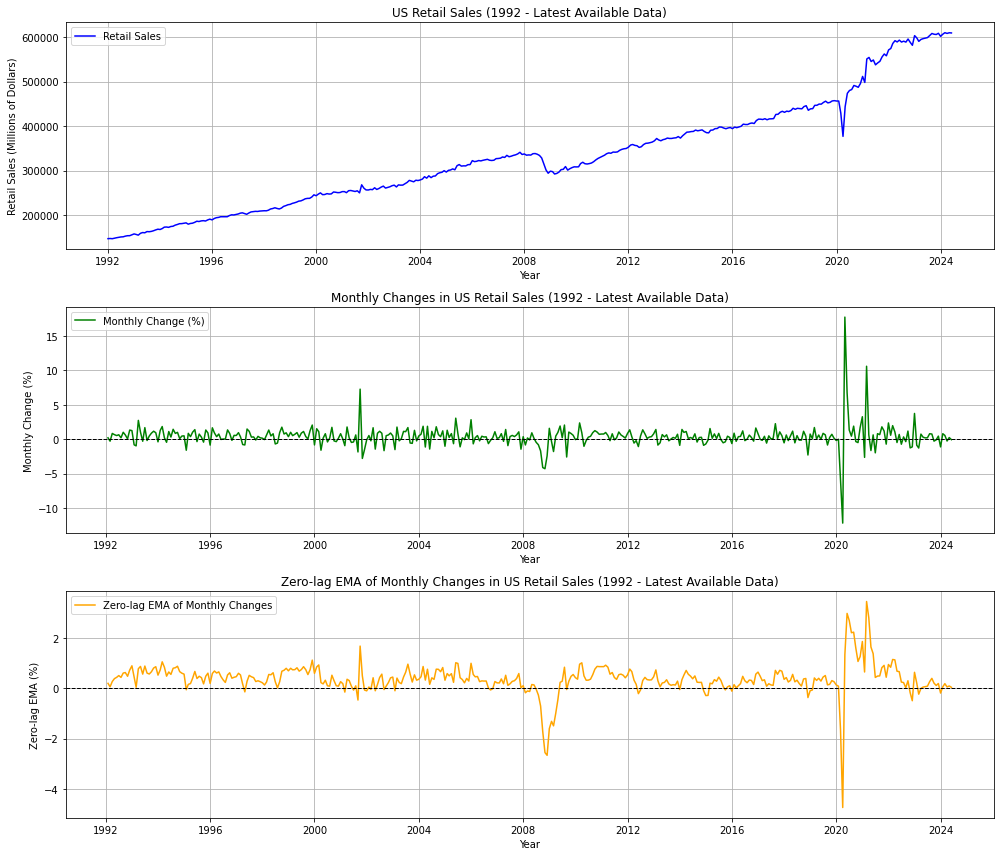
Now, if we apply cyclic analysis to the zero-lag EMA above (the yellow line), we find a rather strong cyclical component in the data:
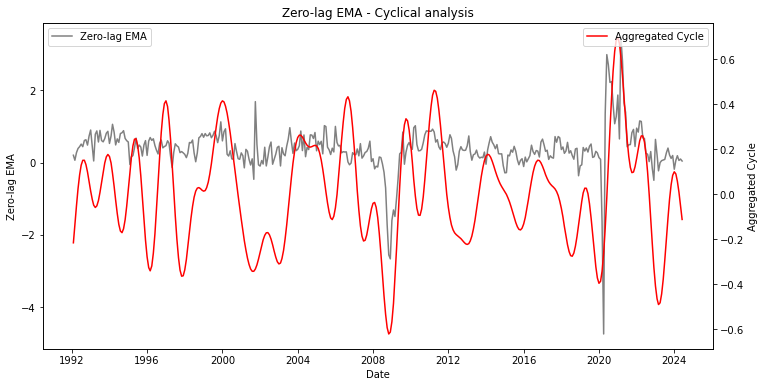
The best thing is that we can use this cycle analysis to forecast future tops and bottoms:
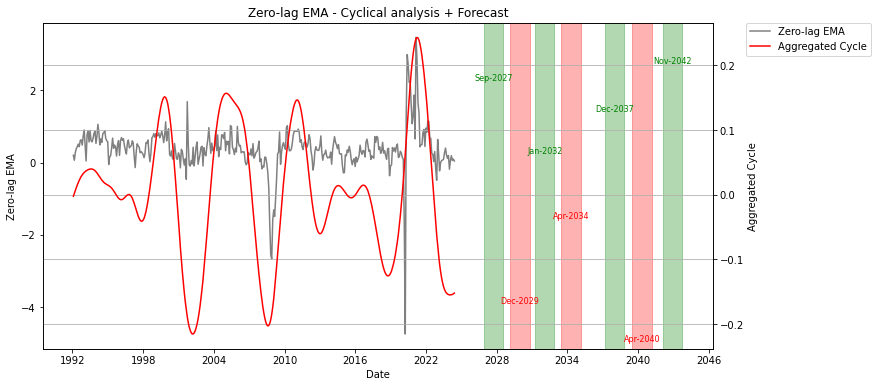
Now, remember, this is a cyclical tool and cycles are dynamic. What does this mean? It means that a) the farther you move away from the present, the less accurate your forecast will be and b) cycles can lengthen or shorten over time.
A Past Example: Retail Forecast with Time Series Cycle Analysis
In one example, we applied our cycle analysis methodology to predict future retail sales in the US based on past sales data. The results were astonishingly accurate, with the prediction of a 2020 dip in retail sales matching the actual dip caused by the COVID-19 pandemic. Obviously, cycles did not predict the pandemic, but they did forecast a favorable period for a bottom in retail sales, and the pandemic provided the perfect storm for it to happen:
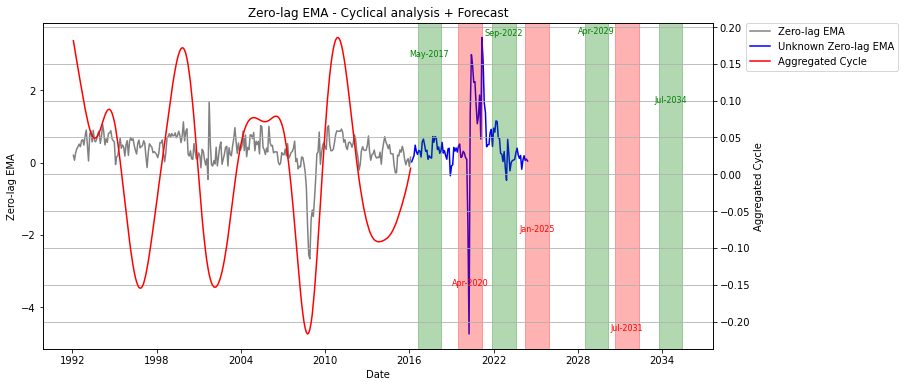
With this in mind, imagine how cycle analysis can work from macroeconomics to microeconomics: applying this technique to your company’s sales data can help you predict future demand with a high level of accuracy. Contact us today to learn more about what Cycle Quest can do for you.
